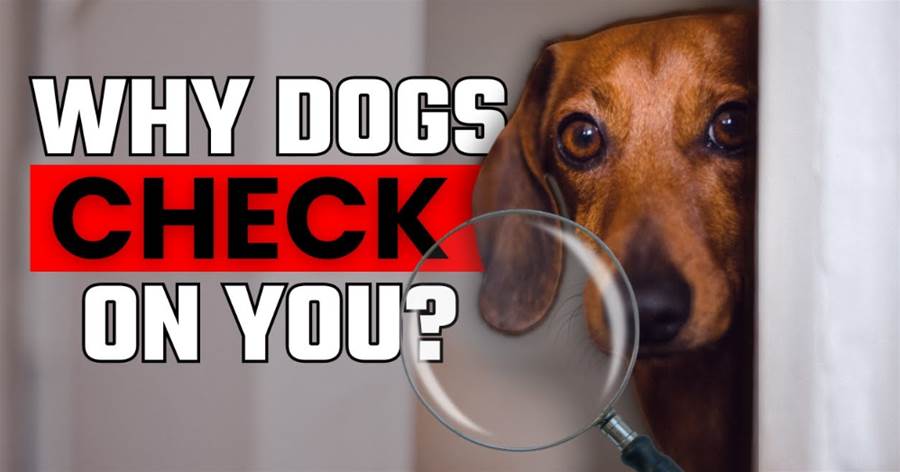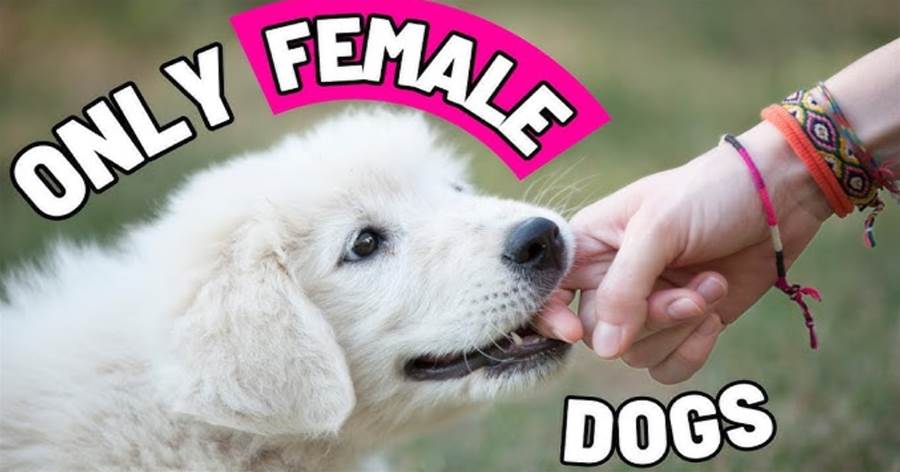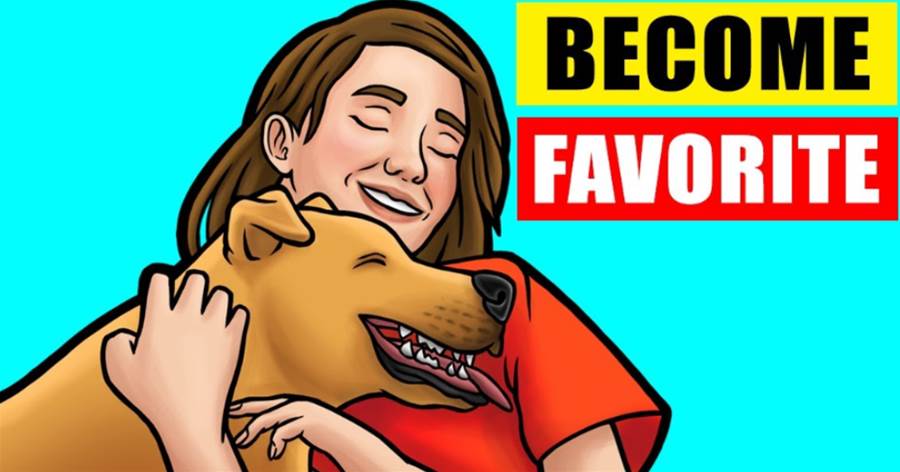
Ever wondered why your furry friend showers you with wet kisses? While many pet owners might giggle at their dog’s affectionate licking, the truth behind this behavior is far from adorable. Let’s dive into the reasons why dogs lick, revealing a complex tapestry of communication, instinct, and emotional expression.
Dogs, like many pack animals, use licking as a fundamental form of communication. This behavior is deeply rooted in their early interactions with their mothers, who lick their pups to groom and stimulate them. Licking can express a range of feelings—from affection and bonding to anxiety and submission. When your dog licks you, it’s often an attempt to convey affection, much like how they would interact with another dog. However, it can also signal a need for attention, showcasing their desire for interaction or playtime.
Interestingly, dogs are naturally curious creatures, and licking is one of their ways to explore the world around them. Your skin’s salty taste can be enticing, especially after a workout or a hot day. Many dogs lick their owners’ faces and hands simply to savor the remnants of their day, which may include food particles or intriguing scents. So, if your dog is licking you, it might just be their way of asking, “What have you been up to?”
Licking isn’t just about taste; it also plays a crucial role in emotional bonding. When dogs lick, it releases oxytocin—the same hormone linked to bonding in humans. This creates a feeling of trust and security for both you and your pet. In times of distress, dogs may lick themselves or their owners as a self-soothing mechanism, alleviating anxiety and helping them feel more at ease.
However, not all licking is harmless or affectionate.
Excessive licking can indicate underlying issues, such as anxiety or discomfort. If your dog begins to lick you obsessively or starts licking themselves more than usual, it might be a sign of stress or a medical concern. Such behaviors warrant a visit to the vet to rule out any health problems or to address behavioral concerns.
Understanding your dog’s licking behavior also requires context. The intensity and frequency of their licks can vary based on their emotional state.
For example, gentle licking often signifies comfort and affection, while vigorous licking might indicate excitement or anxiety. Pay attention to other body language cues, such as tail wagging or relaxed posture, to decode your dog’s feelings accurately.
If you find your dog’s licking to be a bit overwhelming, there are ways to manage this behavior. Reinforcing alternative behaviors, like offering chew toys or engaging them in play, can redirect their need to lick.
Establishing boundaries and consistently responding to licking can help you maintain a comfortable environment for both you and your dog.
Now that you know the multifaceted meanings behind your dog’s licks, what do you think? Are you more inclined to see those slobbery kisses as affectionate gestures or signs of deeper issues? Share your experiences in the comments below!
The article is not finished. Click on the next page to continue.
Next page


















